 Life & Style
Life & Style

For adventurous travellers, Violak pass is not to be missed. During my trip throughout the central and central highlands areas, I had a chance to experience this impressive scenic pass, which lies 1,300 metres above sea level.
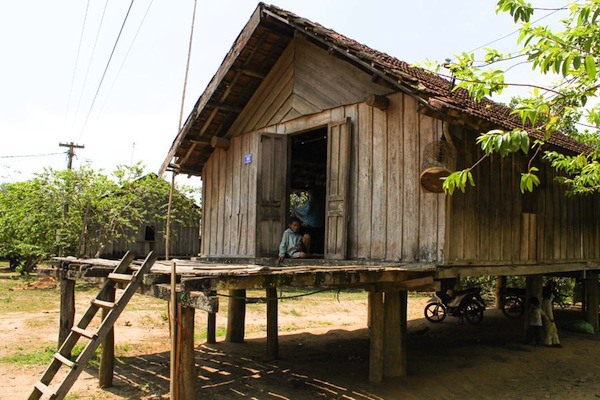 |
| Away from damp: Local people live in stilt houses. |
Phan Trường Sơn
When talking about Kon Tum, one thinks of the majestic Ngọc Linh mountains, Chư Mom Ray National Park, war-torn battlefields, wooden stilt houses and nhà rông (communal houses) of the Ba Na ethnic people with their unique gongs culture.
For adventurous travellers, Violak pass is not to be missed. During my trip throughout the central and central highlands areas, I had a chance to experience this impressive scenic pass, which lies 1,300 metres above sea level.
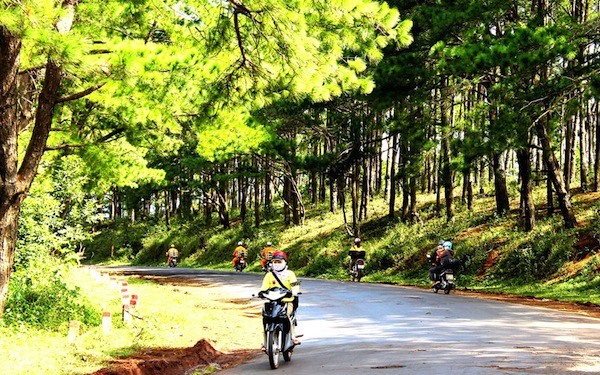 |
| Open road: There is a much greater volume of vehicles in the region since Highway 24 opened, connecting Kon Tum and Quảng Ngãi provinces. |
I encountered a Hre ethnic person along the way, asking him about Violak, but he was unsure and didn’t know that his neighbourhood possessed such a stunning pass. How the name Violak originated and what it means remain a mystery.
My travel mate said it may be the root of a violet flower. This seems to make sense. But as I observe during the highway and the path leading to the pass, there are plenty of wildflowers, but no violet flower.
We started from Kon Tum City, passing through the Kon Rẫy and then Kong Plong District. Violak pass is the border between Kon Plong District of Kon Tum Province and Ba Tơ District of Quảng Ngãi Province.
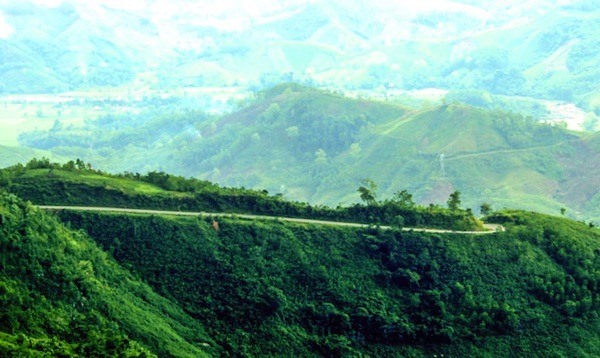 |
| Snake-like: Highway 24 swirls like a python. Curves are as exciting as those in Hải Vân pass. |
Before entering the pass, we stopped in a small village. This was unplanned but the landscape was so poetic. If we hadn’t visited the village, it would have been a big regret.
The Đắk Sơ-rách village, as it is called, lies serenely on the slope of a hill which has about one hundred stilt houses surrounded by small-scale, terraced rice fields. It was such a peaceful, tranquil view.
From here, Highway 24 swirls like a python. Many curves are as adventurous as those in Hải Vân Pass, which is near the border between Đà Nẵng City and Huế City. On one side is the mountain.On the other, is a steep cliff.
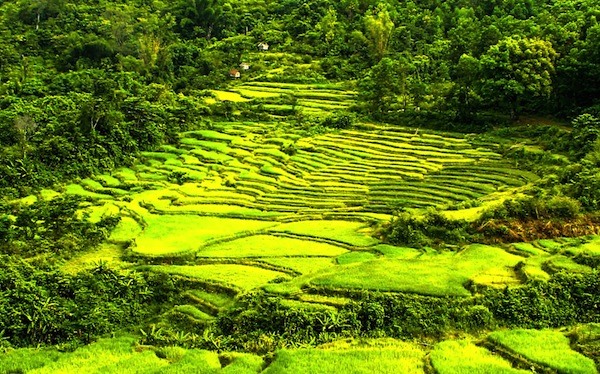 |
| River of green: Under the radiant sunlight of the central highlands, the village and rice-fields glow with colour. |
The hills of Trường Sơn were covered by pine trees. In some areas, ethnic people grow cassava. On the slopes of the mountain, different types of flowers dance in the wind. The red and pink flowers dotted on the green carpet made by hills and mountains, which paint create a poetic landscape for Violak. Below are the tiny house roofs. The Re River looks like a thin and translucent thread going through the hills and the peaceful rice fields.
A few years ago, when the 50-kilometre road passing through Kon Plong had not been opened, Kon Tum could only connect with Quảng Ngãi through its northern border.
There is now a greater volume of vehicles travelling in the region since Highway 24 opened, connecting Kon Tum and Quảng Ngãi and opening up tourism development opportunities for the two provinces.
Kon Tum has high tourism potential, but it hasn’t been fully tapped, partly due to the poor infrastructure. At present, the Măng Đen tourism zone is being constructed to provide opportunities.
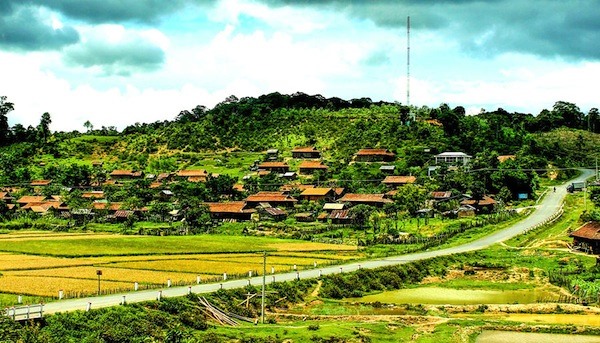 |
| Still isolated: Kon Tum has high tourism potential yet it hasn’t been fully tapped. — Photos Phan Trường Sơn |
Măng Đen is located in Kon Plong District and has a tropical wet climate. It is cool all year round with an average temperature of 20 degree Celsius.
It is known as the second Đà Lạt in the central highlands. In Măng Đen, tourists can explore unspoiled, serene places like red pine hill, crystal clear water streams and waterfalls.
In Kon Tum, one should not miss the former battlefields that made national history, such as Tu Mơ Rông and Đăk Tô as well as the hundred-year-old wooden church in Nguyễn Huệ Street. — VNS




